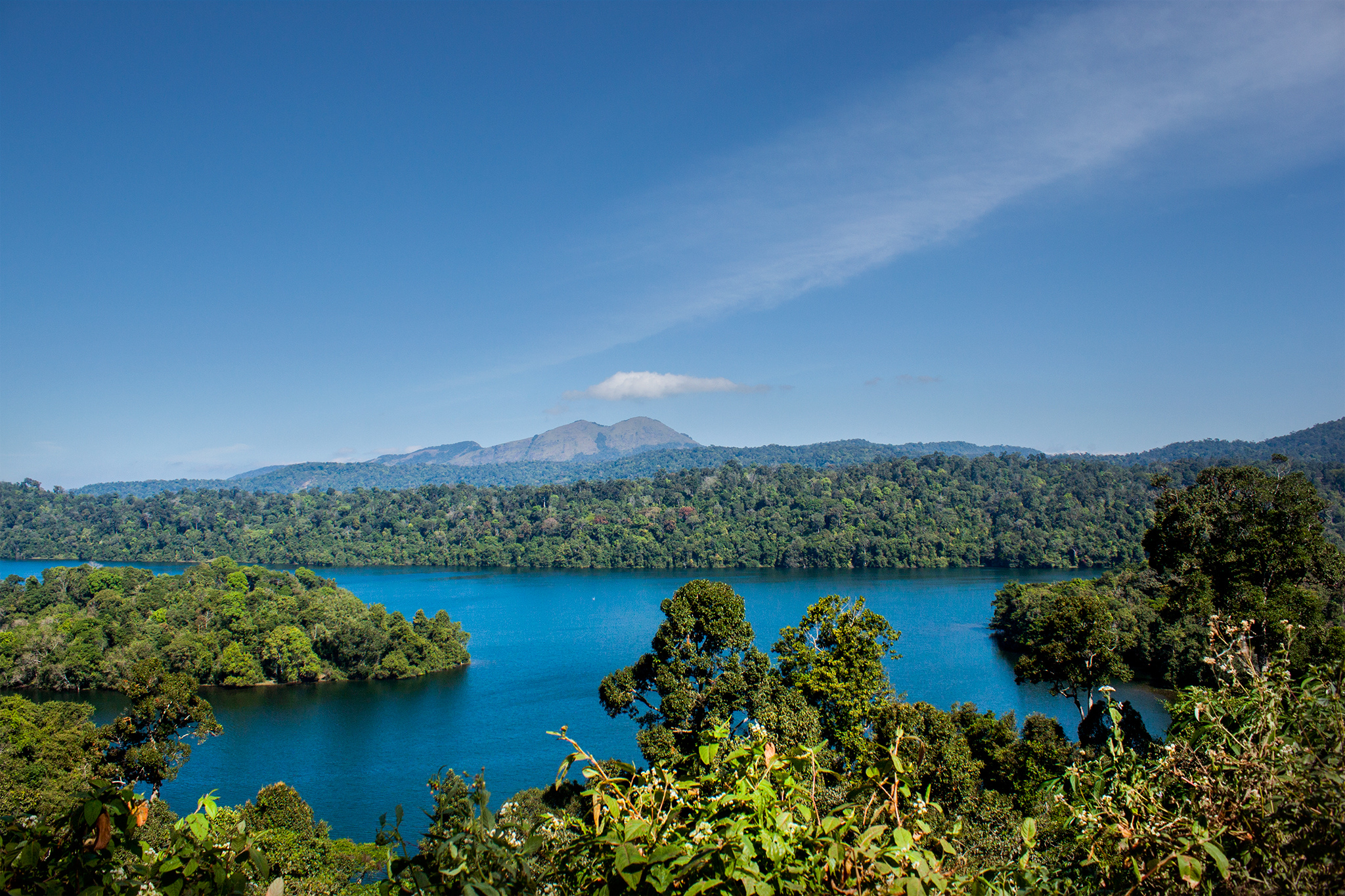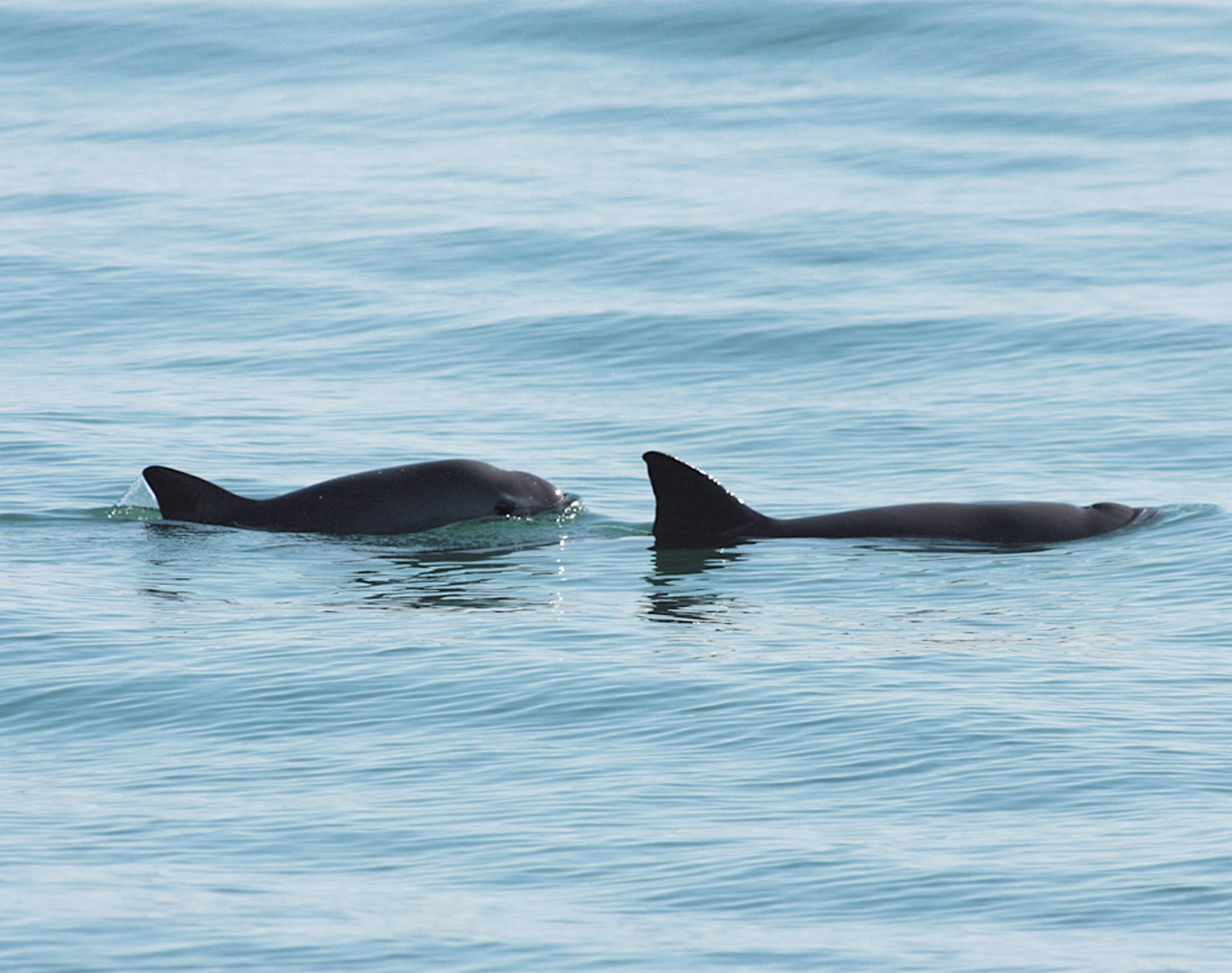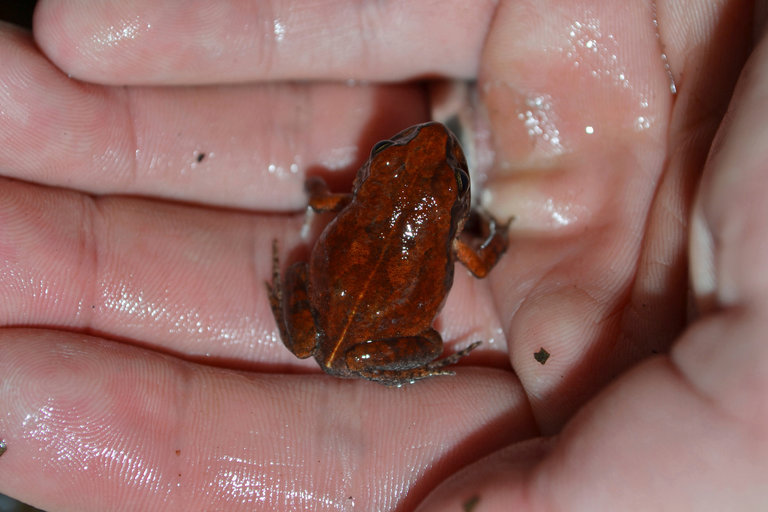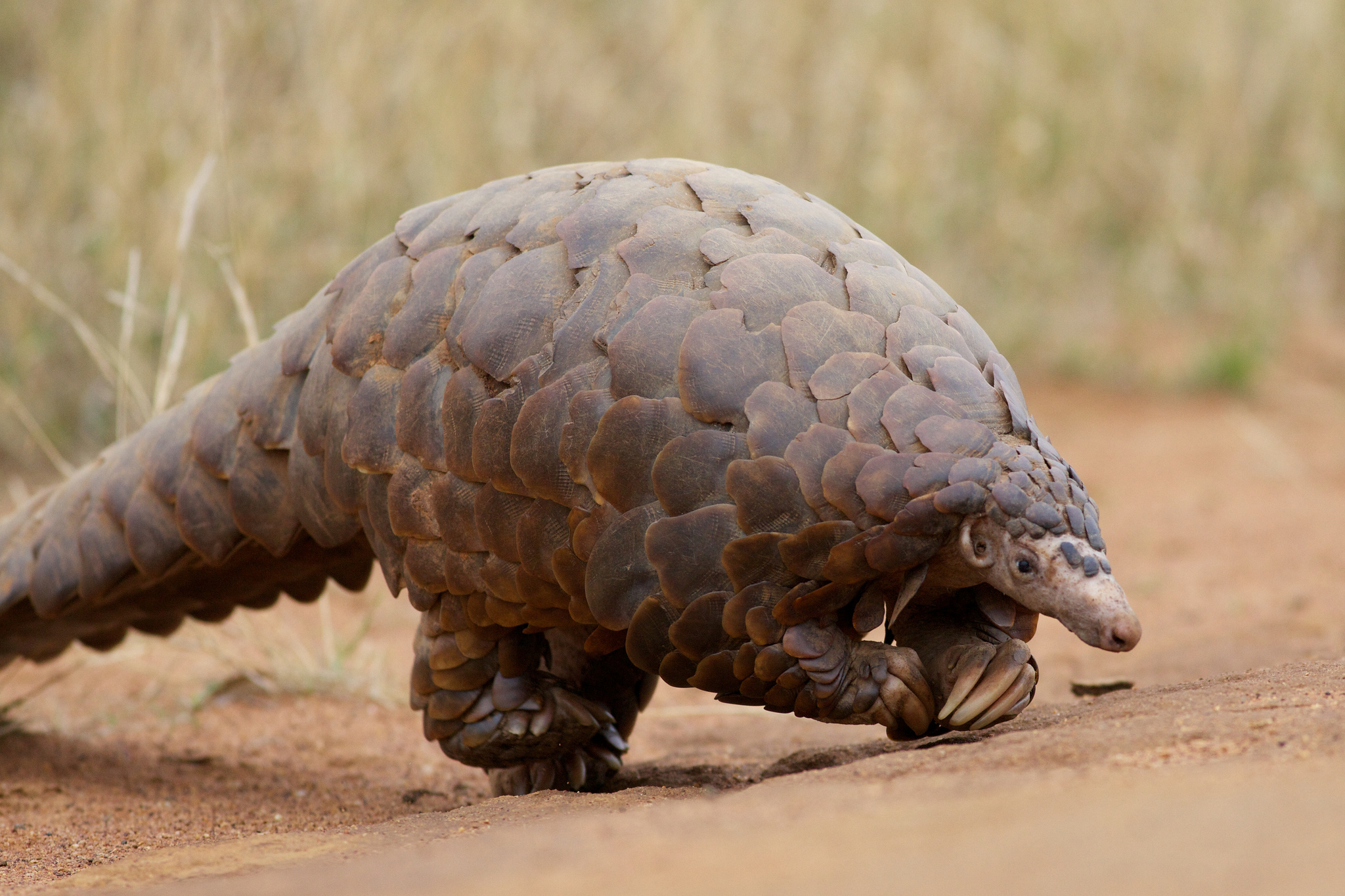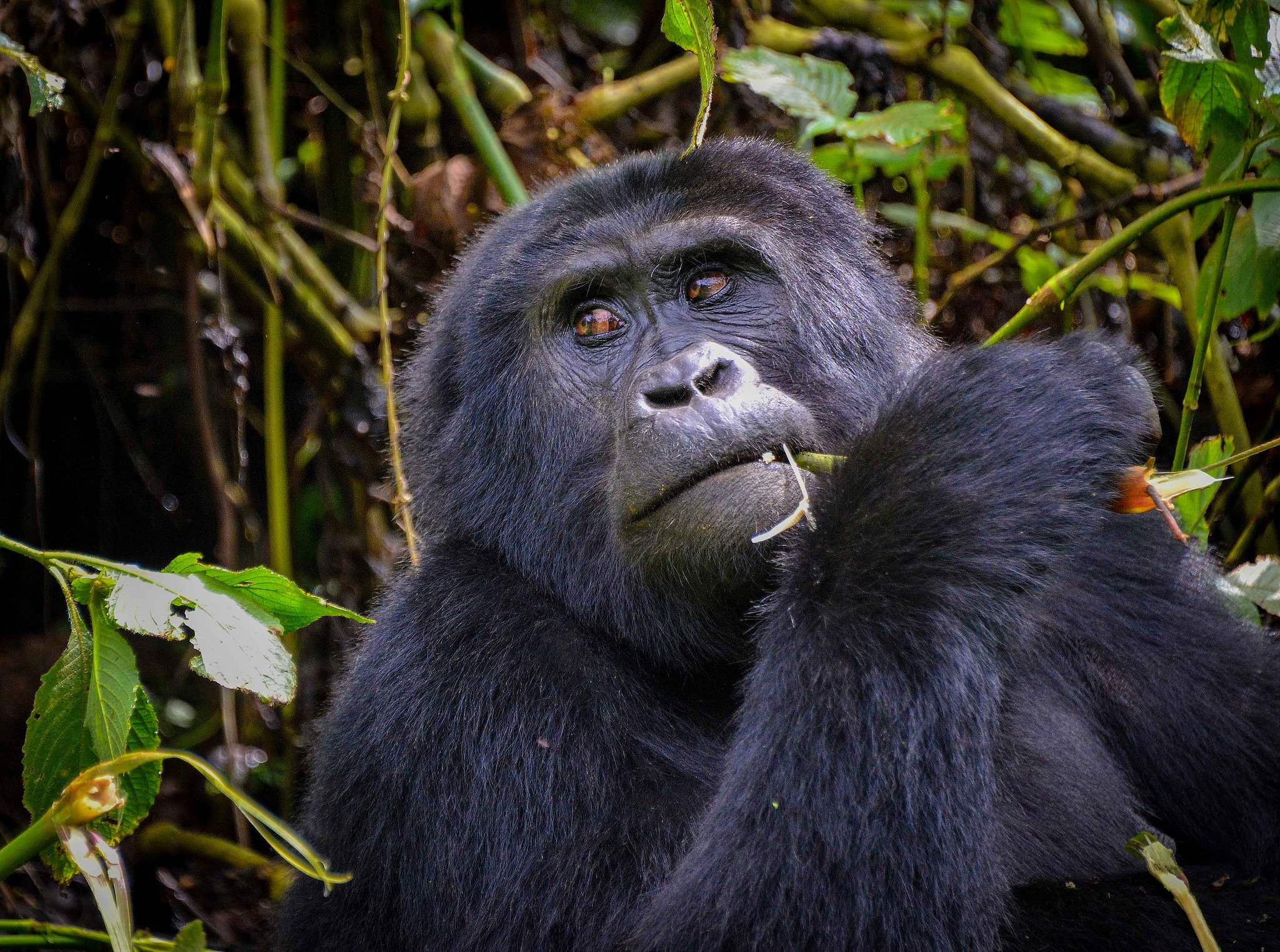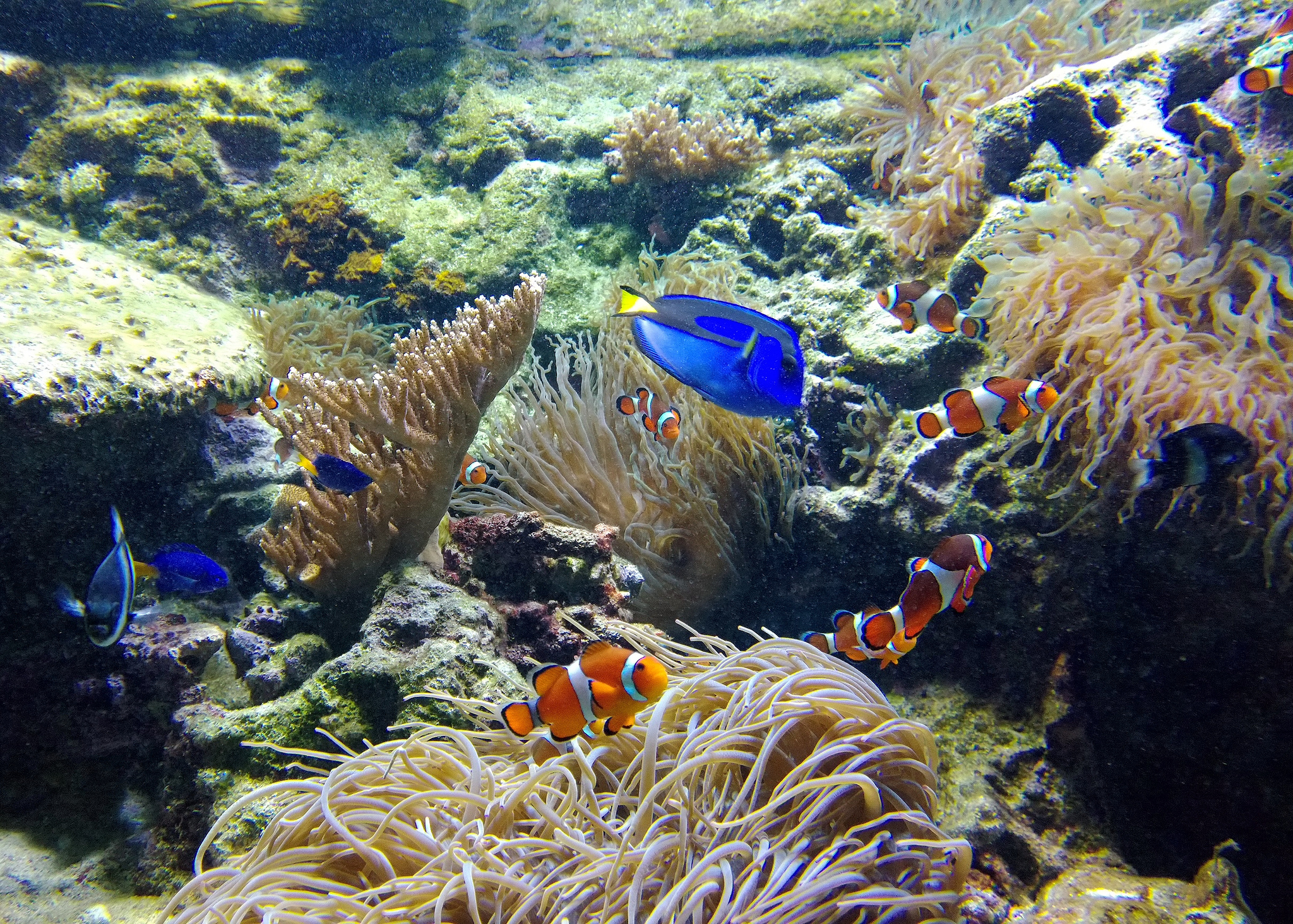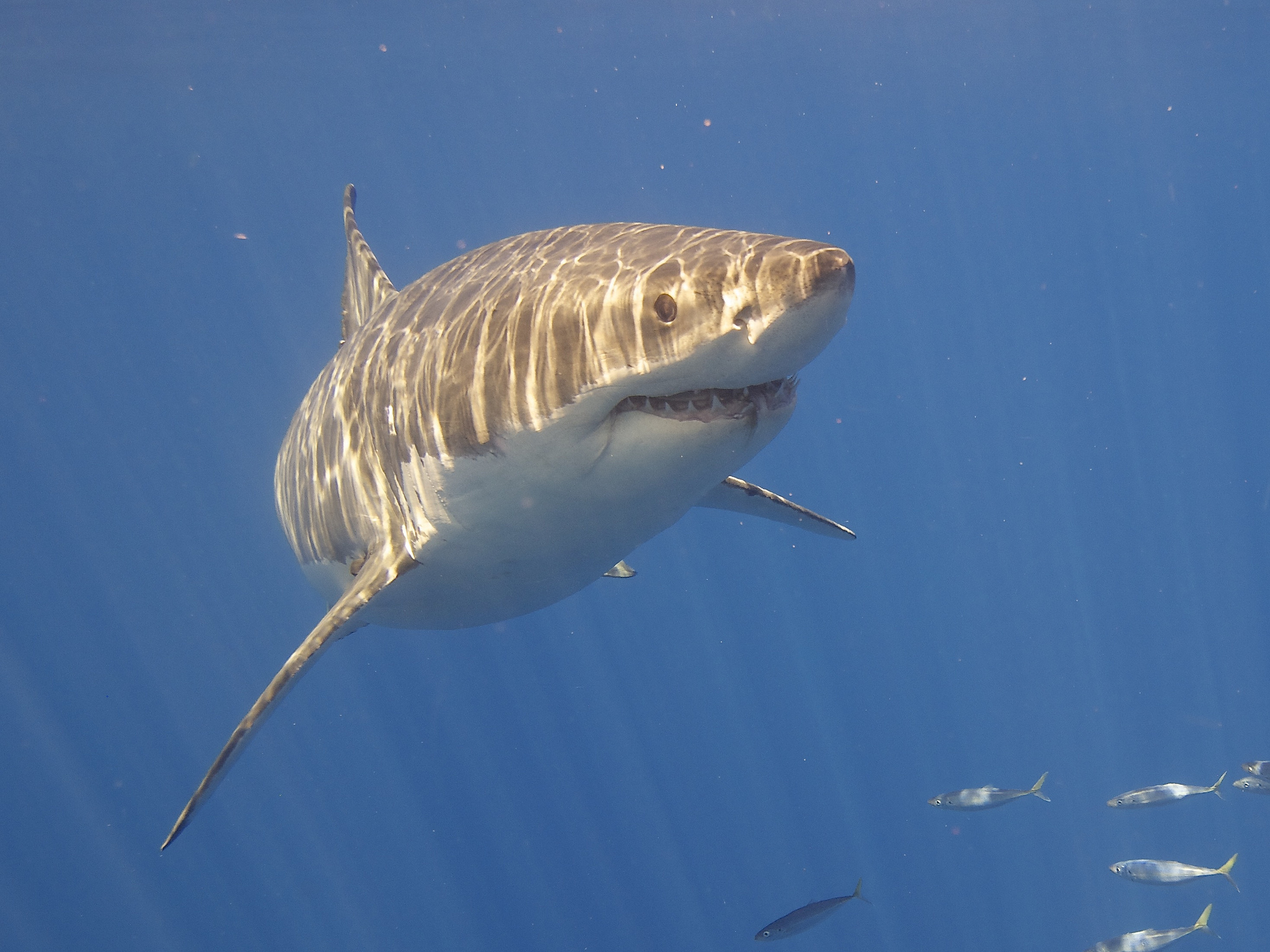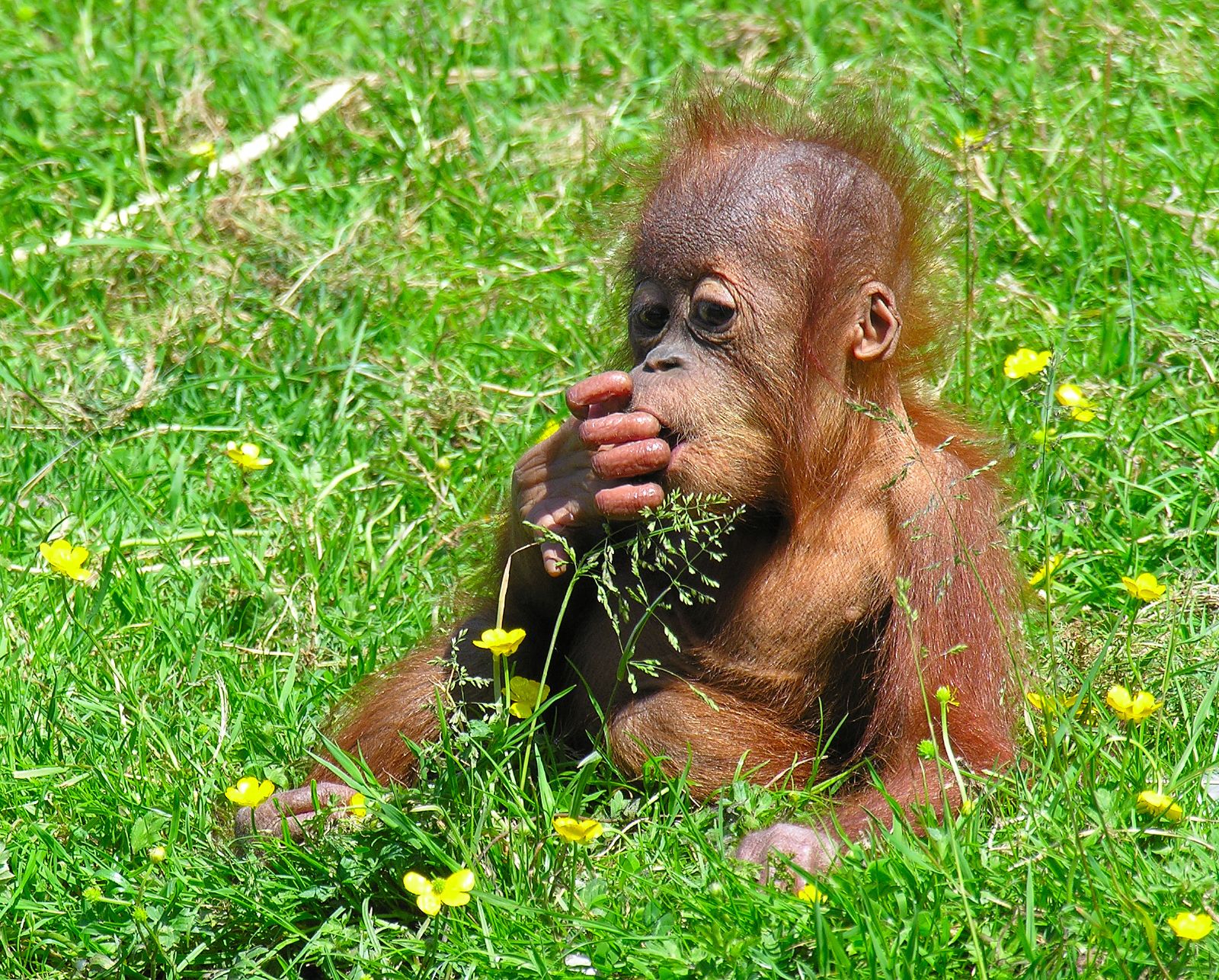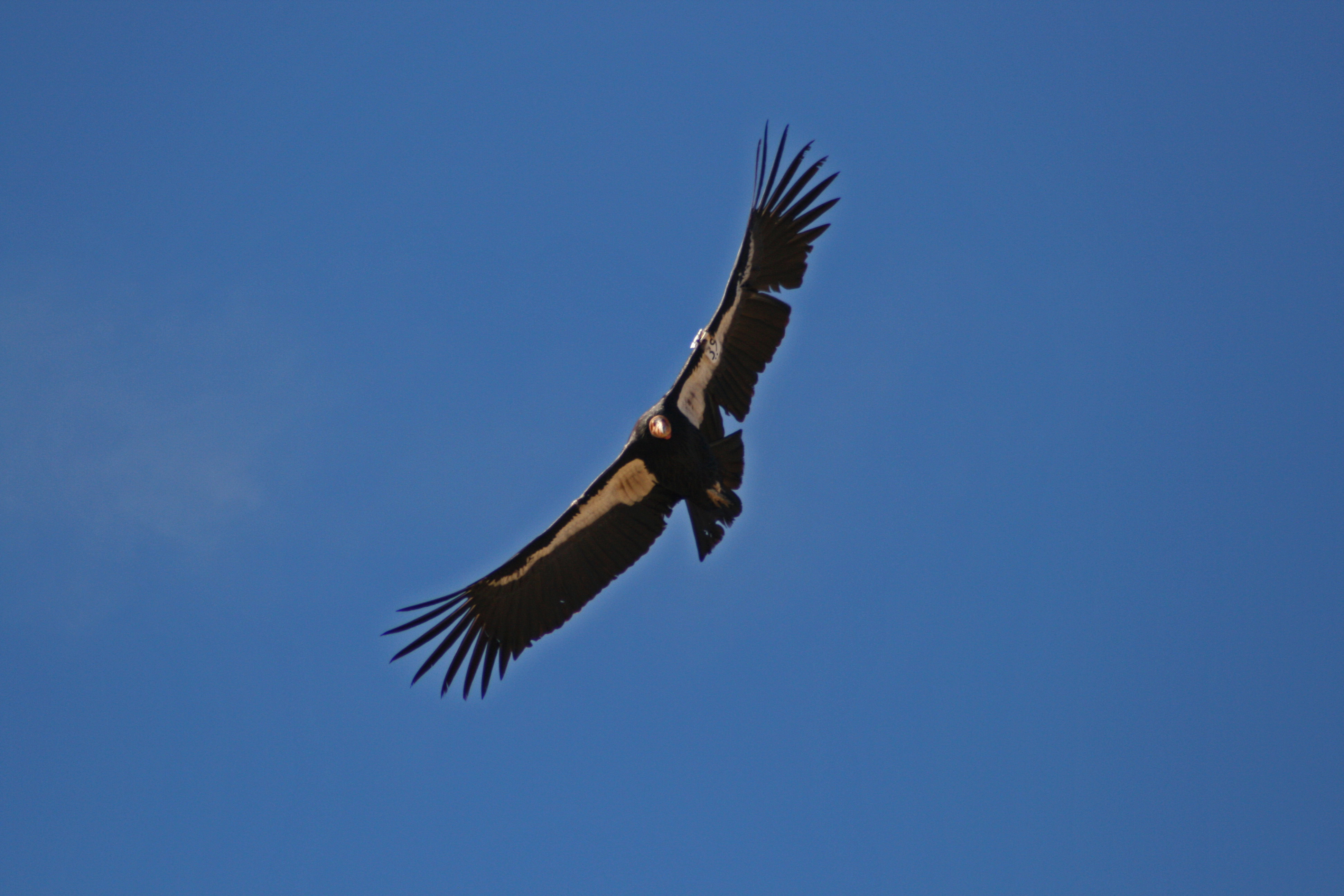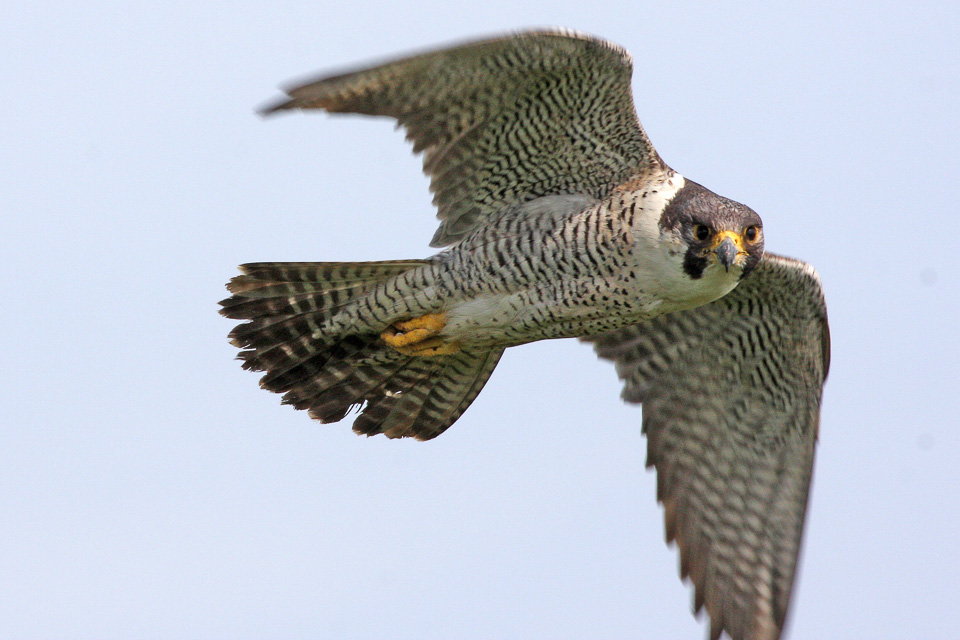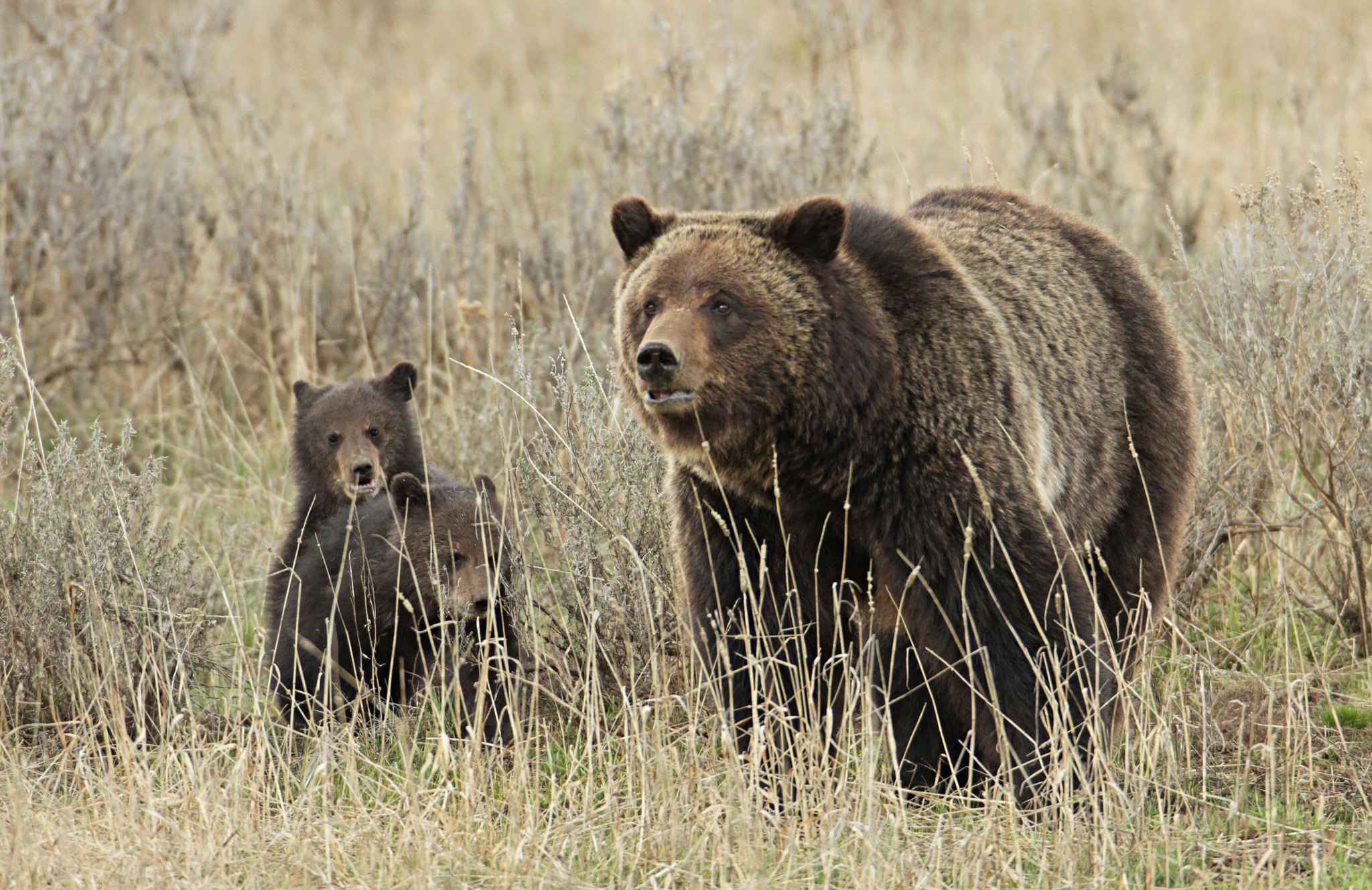extinction
‘Noah’s Ark’ Takes On Water
The Svalbard Global Seed Vault, built into a hillside in the Norwegian archipelago of Svalbard far above the Arctic Circle, is often described as humanity’s last hope against extinction after some global crisis. While there are more than 1,700 gene banks around the world that keep collections of seeds, all of them are vulnerable to war, natural disasters, equipment malfunctions, and other problems. Except the Svalbard vault – or so we thought. It has been dubbed the “Noah’s Ark” of seeds and a last chance for the world to regenerate if the worst should come to pass. It’s mission is to keep the world’s seeds safe.
Mapping Risk
The International Union for Conservation of Nature (IUCN) is the global authority for determining species’ vulnerability in the face of threats such as habitat loss and climate change. How widely a species can be found – its geographic range – is a key indicator used by the IUCN to assign an appropriate conservation status.
Reviving Vaquitas
The world’s smallest porpoise is in real trouble. According to scientists, there could be as few as 30 vaquitas remaining on the planet. We highlighted the plight facing this species in detail last month.
Squeaking By
Amphibians are one of the most threatened groups of animals on the planet. Since the late 1980s, scientists have measured dramatic population declines from locations all over the world. The plummeting amphibian populations are perceived to be one of the most critical threats to global biodiversity. According to the IUCN, about 1 of every 3 amphibian species is facing extinction. Some of the greatest threats facing amphibians include climate change, disease, and habitat destruction.
Can Cheetahs Survive?
A new study has revealed that the global population of the world’s fastest land animal – the cheetah – is down to only 7,100, a drop of 50% over the past 40 years. The dramatic decline in cheetah population could soon lead to the extinction of the species unless urgent conservation efforts are made.
Vulnerable to Extinction
According to the International Union for the Conservation of Nature, the world’s tallest land mammal may be in trouble. Giraffe populations have declined dramatically over the past 30 years, falling to approximately 97,000 from 163,000 in the 1980s.
Pandas No Longer Endangered
Back in June, we reported that the International Union for the Conservation of Nature was reassessing the giant panda’s status as an endangered species. Well, in an update of the IUCN’s Red List of Threatened Species in September, the giant panda was indeed downgraded to “vulnerable.”
The Threat Of Bushmeat Hunting
A recent study has identified the steep decline of more than 300 species of mammals as a result of unregulated or illegal hunting. Humans are consuming many of the world’s wild mammals to the point of extinction.
Help For Pangolins
Poaching and illegal trafficking in exotic animals is a world-wide problem that most of us are aware of. What most of us are less aware of is that the most trafficked mammal in the world is the pangolin, which you may well have never even heard of.
Wiping Out Our Relatives
We recently highlighted the plight of orangutans. Following years of failed conservation measures, all orangutans are now listed as critically endangered by the International Union for the Conservation of Nature. The Sumatran orangutan had been listed as critically endangered for nearly two decades, but the Bornean orangutan was a recent addition. According to the IUCN, all orangutans have an “extremely high risk of extinction in the wild.”
Breeding Dory
The regal blue tang is one of the most common and most popular marine aquarium fish in the world. In the U.S., they have been ranked as high as the 10th most imported fish species out of over 2,000 that enter the country. Apart from aquarium hobbyists, millions of people now associate blue tangs with the character Dory in a couple of popular animated films.
Sharks In Hot Water
The majestic great white shark has been around for a very long time. Its evolutionary origin dates back 14 to 16 million years. And while great whites still enjoy decent populations off the coasts of Canada, Australia, and the United States, the same can’t be said for South Africa’s great whites.
The Plight Of Orangutans
Orangutans – one of the planet’s most intelligent animals – can only be found in the wild on the Indonesian island of Sumatra and the island of Borneo, which is a land mass shared by Indonesia, Malaysia and Brunei. And for years conservationists have been warning that measures put in place to protect orangutans have been failing. And they were correct. It was recently declared that orangutans are officially headed for extinction.
California Condors
The California condor is the largest North American land bird with a wingspan of about 10 feet. During the 20th century, poaching, habitat loss and lead poisoning reduced the vulture’s population to fewer than two dozen. The U.S. government’s response was to round up every last one of them over a period of 5 years- a total of 27 birds – for a last-ditch captive breeding program. As a result, technically the species became extinct in the wild at that point in 1987. Reintroduction into the wild did not begin until 1991.
The State Of The Birds
The North American Bird Conservation Initiative recently released its annual “State of the Birds’ report, which is a comprehensive analysis of North American birds. And as with many other things these days, we’re not doing well.
Some Good News For Monarchs
Spring is the time of the great monarch migration when the butterflies leave their wintering grounds in Mexico and head north to Canada. As we have been saying for quite some time, fewer and fewer butterflies have been making the trek each year. Twenty years ago, a billion monarchs swarmed the winter site in Mexico. In 2013, the number was down to 33 million.
Ending The Protection Of Grizzly Bears
Grizzly bears, also known as North American brown bears, once roamed much of North America and symbolized the continent’s untamed wilderness. But hunters and trappers nearly wiped them out across most of the Lower 48 states by the late 1800s.
Ecotourism And Endangered Species
Ecotourism is increasing on a global scale. Ecotourism is generally defined as responsible travel to natural areas that conserves the environment, sustains the well-being of the local people, and involves interpretation and education. Visitor numbers to many protected areas around the world are expanding every year. Ecotourism provides rich experiences for the traveler and often has great benefits to local communities fighting poverty and seeking sustainable development.


